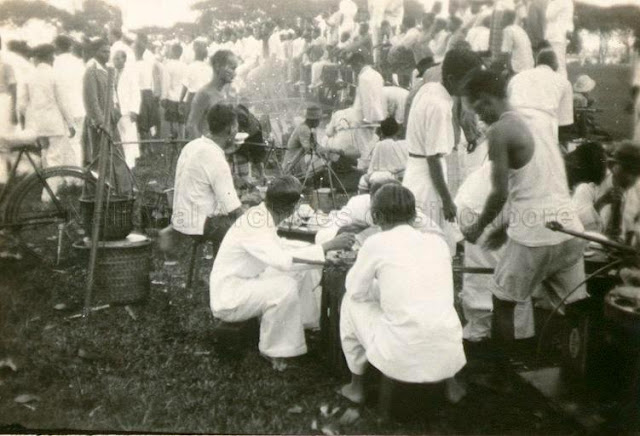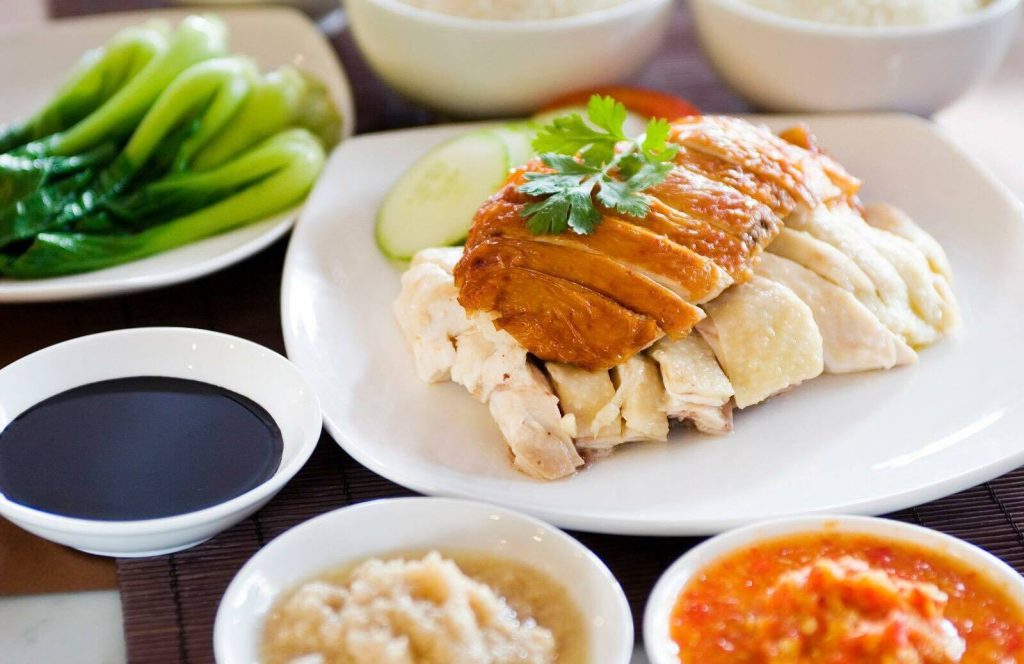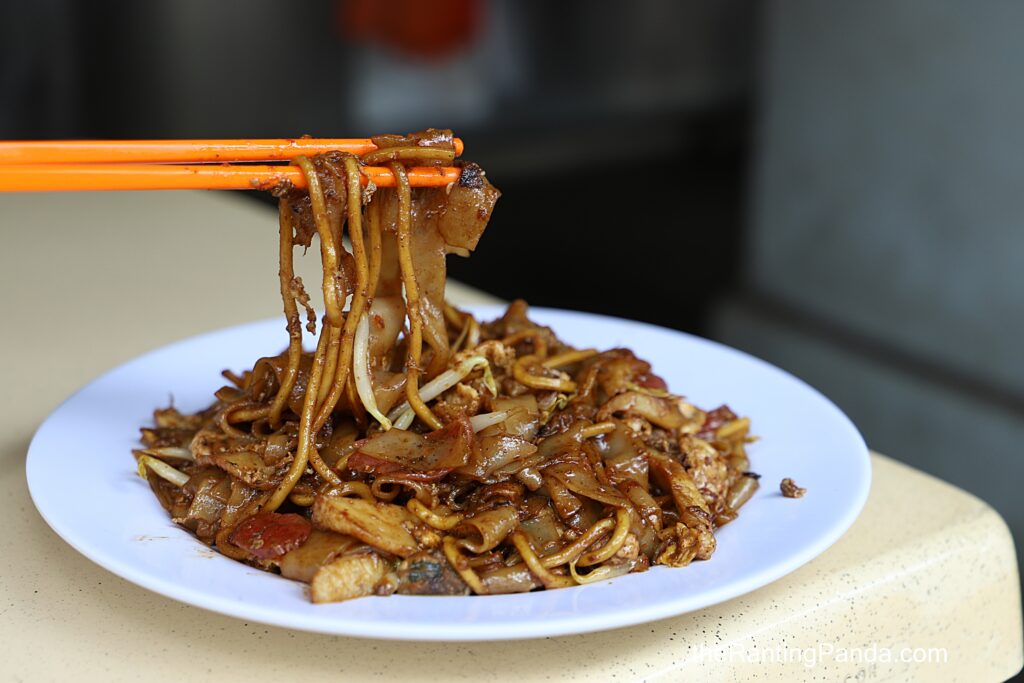Hainanese Chicken Rice, one of Singapore’s national dishes, carries with it a rich history that spans continents and cultures. This deceptively simple dish of poached chicken and fragrant rice has its roots deeply embedded in the culinary traditions of Hainan.
Today, it can be found in various parts of Southeast Asia including Singapore, Malaysia and Thailand. Yet, it’s in the bustling hawker centers and elegant eateries of Singapore that Hainanese Chicken Rice truly found its fame and became a global culinary icon.
From Hainan to Southeast Asia
Similar to Char Kway Teow, the origins of Hainanese Chicken Rice traces back to China. The iconic dish first made its appearance in Hainan, a tropical island province in southern China, where the dish was initially known as Wenchang chicken.
This original version was a simple meal, featuring a poached chicken served with rice. The chicken used in this dish came from the Wenchang chicken breed, known for its tender meat. The dish was traditionally served with rice cooked in the chicken broth and three types of dipping sauce — chili, ginger, and a oyster sauce-and-garlic blend.

In the 19th and early 20th centuries, waves of Hainanese immigrants made their way to Southeast Asia in search of work and living. Due to the lack of literacy and relevant skills, many worked in the service industry, becoming waiters, servants in hotels and restaurants, and cooks in wealthy European and Peranakan families. They brought with them their unique culinary traditions, including the precursor to today’s Hainanese Chicken Rice. Settling in countries like Singapore and Malaysia. Quickly, Hainanese Chicken Rice quickly became a staple for Chinese immigrants working in Singapore.

The first known Hainanese Chicken Rice stall in Singapore was reputed to be opened by Mr Wong Yi Guan (王义元) in 1940. The pioneer was often seen along Middle Road with two baskets at the ends of a bamboo pole. He went on to open Singapore’s first ever Hainanese Chicken Rice stall at a coffee shop along Purvis Street.
His apprentice, Mok Fu Swee, opened the famed “Swee Kee” Chicken Rice Restaurant in 1949 and put the dish in Singapore’s map. Swee Kee closed its doors permanently in 1997, putting an end to its 48 years legacy.
Adaption in Singapore
The dish underwent significant transformation at the hands of the Hainanese immigrant community, many of whom were employed as cooks in British colonial households. Influenced by their exposure to Western culinary practices as well as to adapt to local taste and the availability of ingredients, the traditional recipe of Hainanese Chicken Rice was tweaked to appeal to the masses.
The rice is cooked in chicken stock with pandan leaves and garlic, resulting in a more aromatic taste not found in Hainan. The local free-range chicken, also known as kampong chicken, was used in place of Wenchang chicken. The former are known to be meatier but less flavorful than its Wenchang counterparts.
Want to know the best Hainanese Chicken Rice in Singapore? 😋
Read here: 20 Best Chicken Rice Stalls in Singapore According to Google Reviews
A roasted version of Hainanese Chicken Rice have also popped up during the early days of its popularity in Singapore, adding a rich, smoky flavor that contrasts beautifully with the dish’s more familiar poached version.
A Singapore Dish
Over the years, Hainanese Chicken Rice transcended its humble origins to become a national dish, symbolizing Singapore’s multicultural culinary landscape.
Think of Hainanese Chicken Rice and most would associate it with Singapore, not Hainan. In fact, it is sometimes known as “Singapore Chicken Rice“. Its international acclaim is also evidenced by its presence in restaurants worldwide, from London to Los Angeles, bringing a taste of Singaporean cuisine to global audiences.

However, Hainanese Chicken Rice is more than just a national dish in Singapore; it’s a cultural icon, representing a fusion of Chinese cooking techniques with Southeast Asian flavors. It’s served in various settings, from hawker stalls and food courts to high-end restaurants, each offering their unique take on this classic dish.
The enduring popularity of Hainanese Chicken Rice showcases the lasting impact of Hainanese immigrants on Singapore’s culinary scene and highlights the power of food in bringing people together across different cultures and generations. As we savor each bite of Hainanese Chicken Rice, we partake in a culinary tradition that has bridged cultures and generations, continuing to delight and inspire food lovers around the world.

